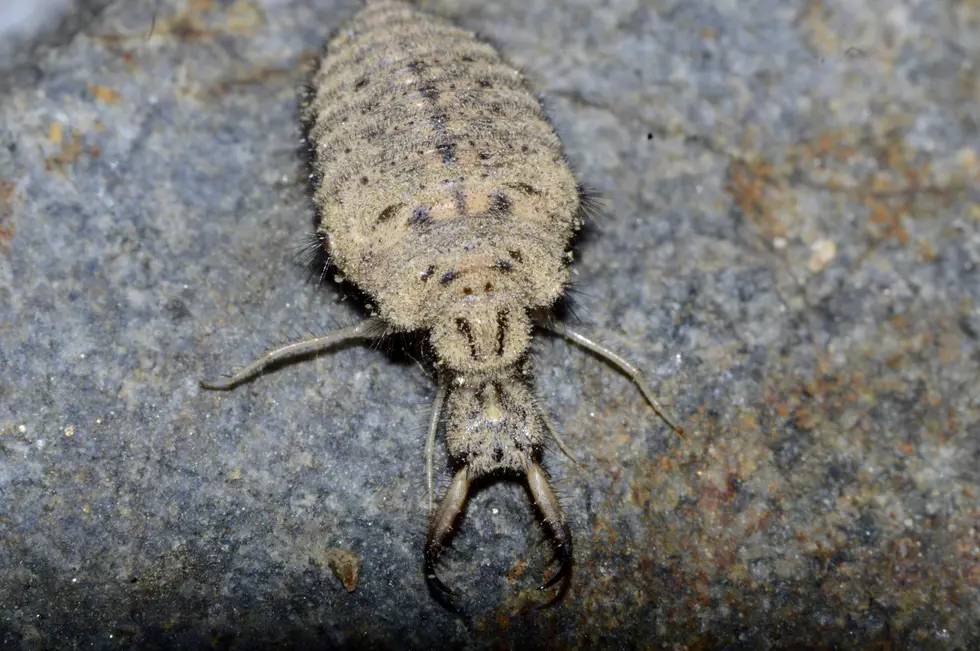
Rattlesnakes 101: What To Do And What Not To Do If You See Or Get Bit By A Rattlesnake
Exploring the great outdoors is a great way to spend a summer day anywhere, especially here in the great state of Colorado. But with all of the fun comes some danger as well, and one of the things that brings danger to the trails this time of year is rattlesnakes.
It's simple: we live in rattlesnake country. But as long as you are aware and take the correct precautions, you shouldn't have to worry about them.
I was just chatting with my 7-year-old about this very thing before and during our hiking adventure over the weekend. While we spent a lot of time looking at the trail closely for snakes, I kept drilling the importance of staying on the trail and away from the bushes and in between rocks.
Every year in the United States, there are around 8,000 rattlesnake bites that occur. About 300 of those 8,000 occur in Colorado. While most don't lead to death, there are certain heartbreaking occasions where it does.
Just last week, a 6-year-old boy who was with his family during a bicycle ride down in the Colorado Springs area was bit by a rattlesnake and died a few days after the bite.
Typically, you'll see rattlesnakes from spring to fall in Colorado, and while during the hot months they're more likely to be hiding in a shady spot like under a bush or in between rocks, they can sometimes be sunbathing on a rock or on a trail, So it's important to be aware, always stay on the trail, and not wander around off the trail.
If You Encounter a Snake on a Trail
It's important to stop immediately and keep as much space as you can between yourself and the snake. 25-30 feet is recommended, and never try to touch or remove the snake on your own. Simply back up, wait it out to see if the snake leaves the trail, and if it doesn't, just head back the way you came.
If You're Bitten by a Rattlesnake
Experts say the most important thing to do is remain calm, which can be easier said than done if it actually happens. But this is important as getting crazy and trying to run around back to the car can be dangerous and spread the venom more throughout your body.
According to park ranger Mary Ann Bonnell:
Bites most often turn fatal when the victim has an underlying condition or allergy they may be unaware of.
Bonnell also adds:
Where you’re bitten is also really important. So if you’re bitten on an extremity, your signs and symptoms are going to be less than say if you’re bitten on the neck or the face, which is why bites to dogs are exceptionally hard, because they’re often bitten on the face and that swelling can close an airway pretty quickly.
These 29 Snakes Live in Colorado
More From Power 102.9 NoCo - KARS-FM










